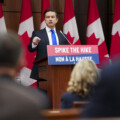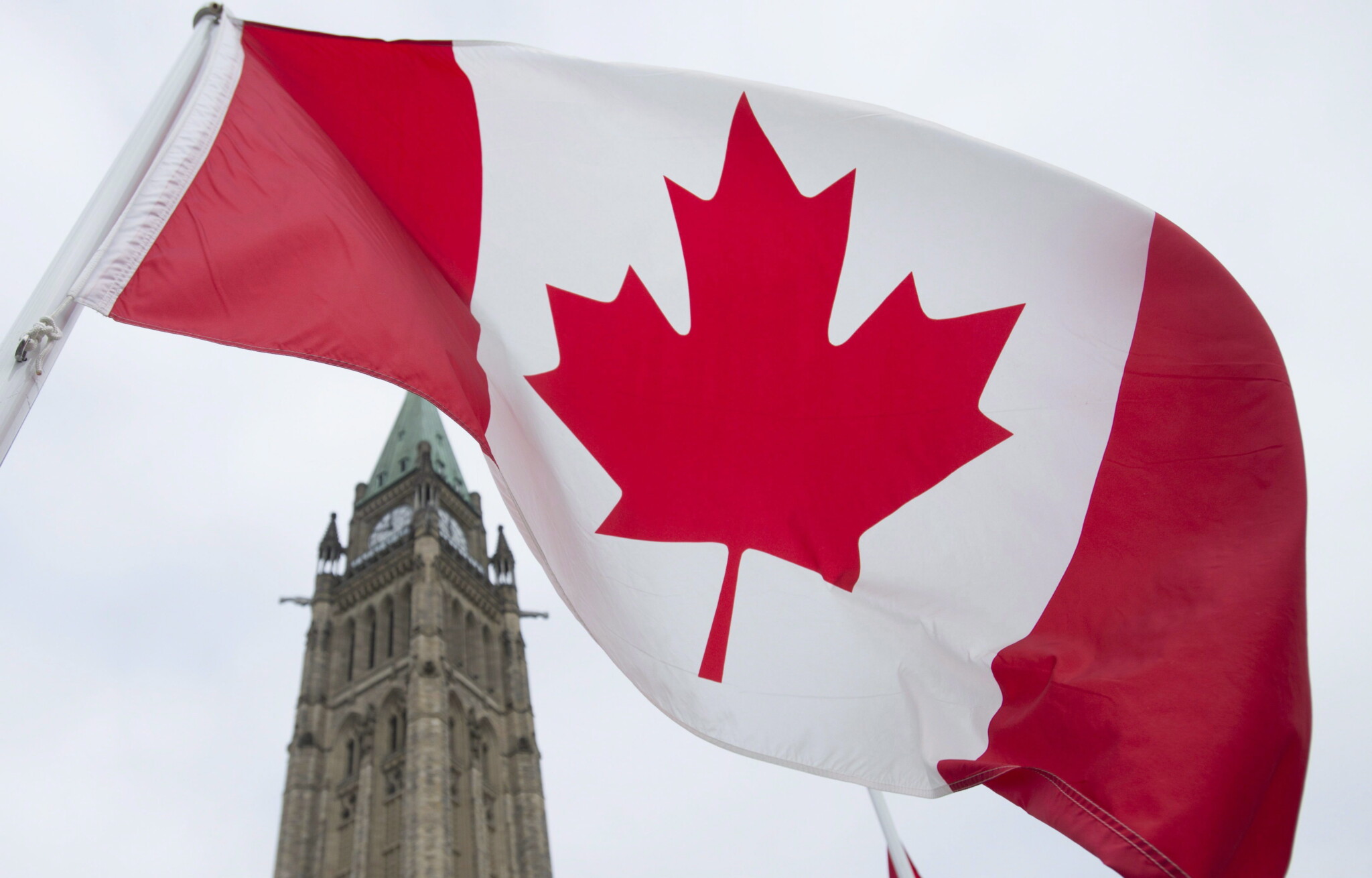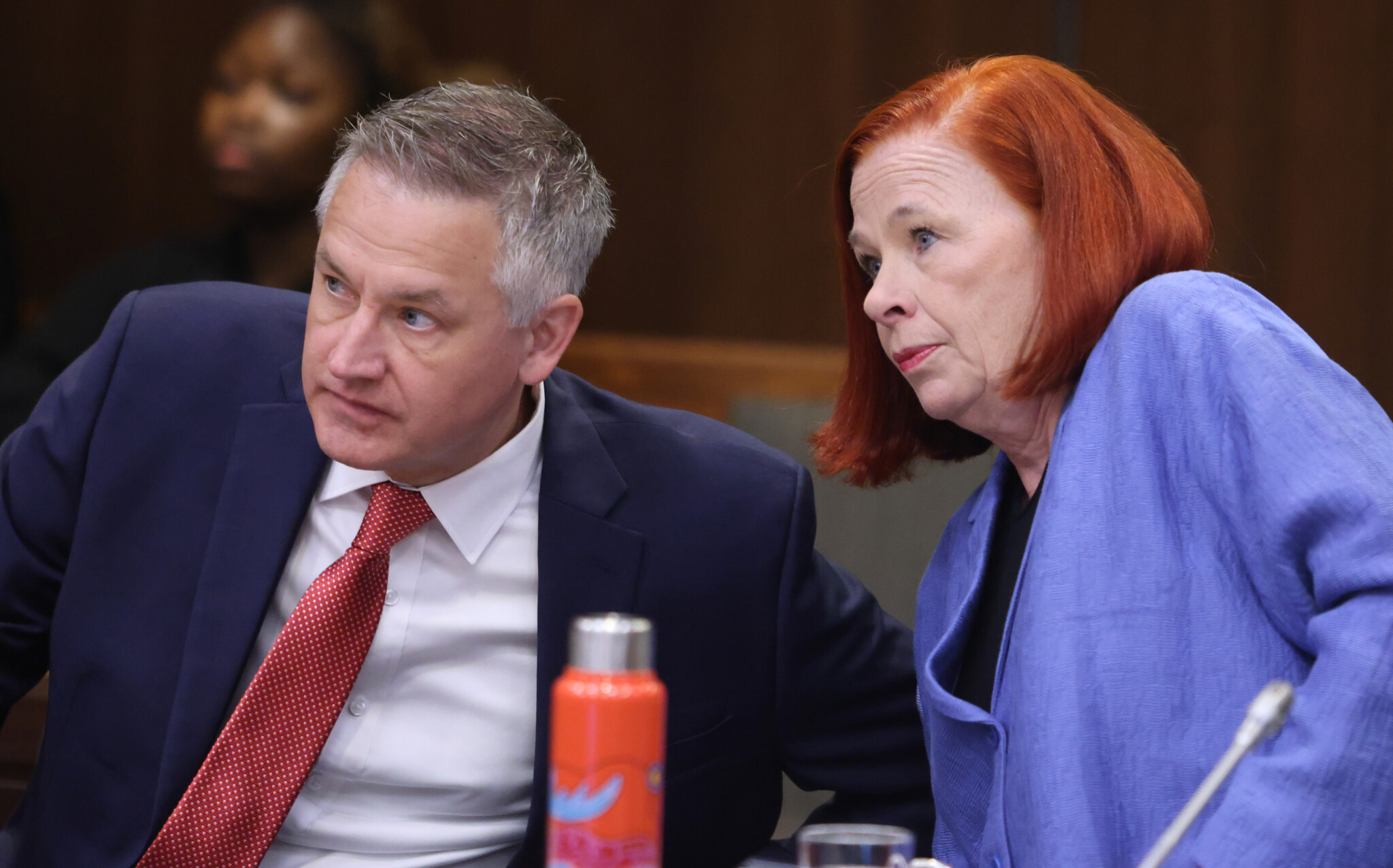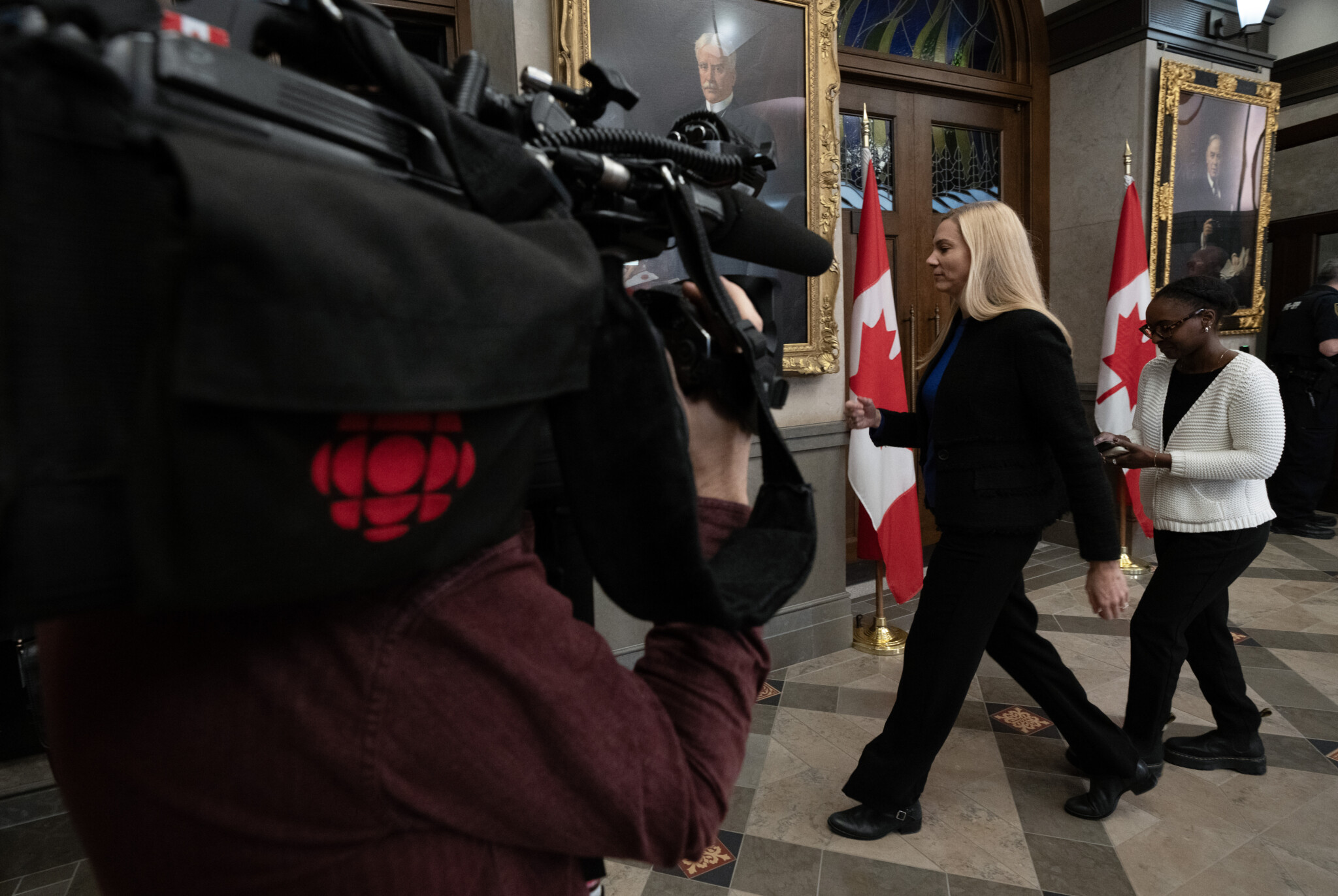Although one of us is quite literally a boy scout, we’re not generally joiners. In our professional lives, we’ve purposefully sought to protect our independence and own distinct voices.
This week, however, we’ve made an important exception. We’ve signed onto the Ottawa Declaration on Canadian Journalism, initiated by the Macdonald-Laurier Institute, and endorsed by nearly ten digital news outlets across the country, as a counterintuitive expression of our independence.
We want to explain to the Hub community why we think the Ottawa Declaration is important and why we signed it.
The declaration stems from a recent conference hosted in our nation’s capital by the Macdonald-Laurier Institute, in partnership with The Hub, on the future of Canadian journalism. The conference was marked by a diversity of perspectives and voices on the state of Canada’s new media and its future. We were proud to be part of it.
If you put a few dozen journalists in a room, one cannot expect much consensus. The conference was no exception. Yet there were still a few ideas that found broad—though far from universal—agreement.
First, notwithstanding concerns about the collapse of the news media industry, various start-ups representing a range of editorial approaches and business models are in the midst of trying to figure out how to revive it. Second, the current government subsidies model—which quite intentionally preferences legacy players—is at best creating an asymmetrical playing field and at worst impeding the process of innovation and new investment. And third, government subsidies—especially if poorly designed—risk further reducing the Canadian public’s trust in the media.
We encountered similar ideas and arguments over the course of The Hub’s own inquiry into these issues over the past several months. With the support of Meta, we were proud to launch the Future of News series in November 2023 to look comprehensively at these questions through a combination of podcast interviews, opinion commentaries, and journalistic profiles of a diverse group of media outlets across the country.
The series was clear-eyed about the challenges facing the sector. Even Rich Lowry, the former editor-in-chief of the conservative magazine National Review, lamented the decline of some of the local outlets he had grown up with. But it was generally more sanguine about the industry’s future than one typically finds these days. That’s largely because of our belief in the market’s ability to begin anew. The process of creative destruction doesn’t somehow pass over journalism.
Relatedly, our view is that the government subsidy regime—which after accounting for direct and indirect subsidies, it must be understood, could be as much as 50 percent of an eligible journalist’s salary working at a digital news media outlet—risks freezing into place all of the bad decisions and wrong assumptions that the market has rejected over the past decade or longer.
As taxpayers, it seems counterproductive to send our hard-earned money to companies that have failed to effectively respond to the powerful market forces that ought to have come to animate the industry. It’s the public policy equivalent of rewarding the horse-and-buggy operators for failing to keep up with market developments in the last century.
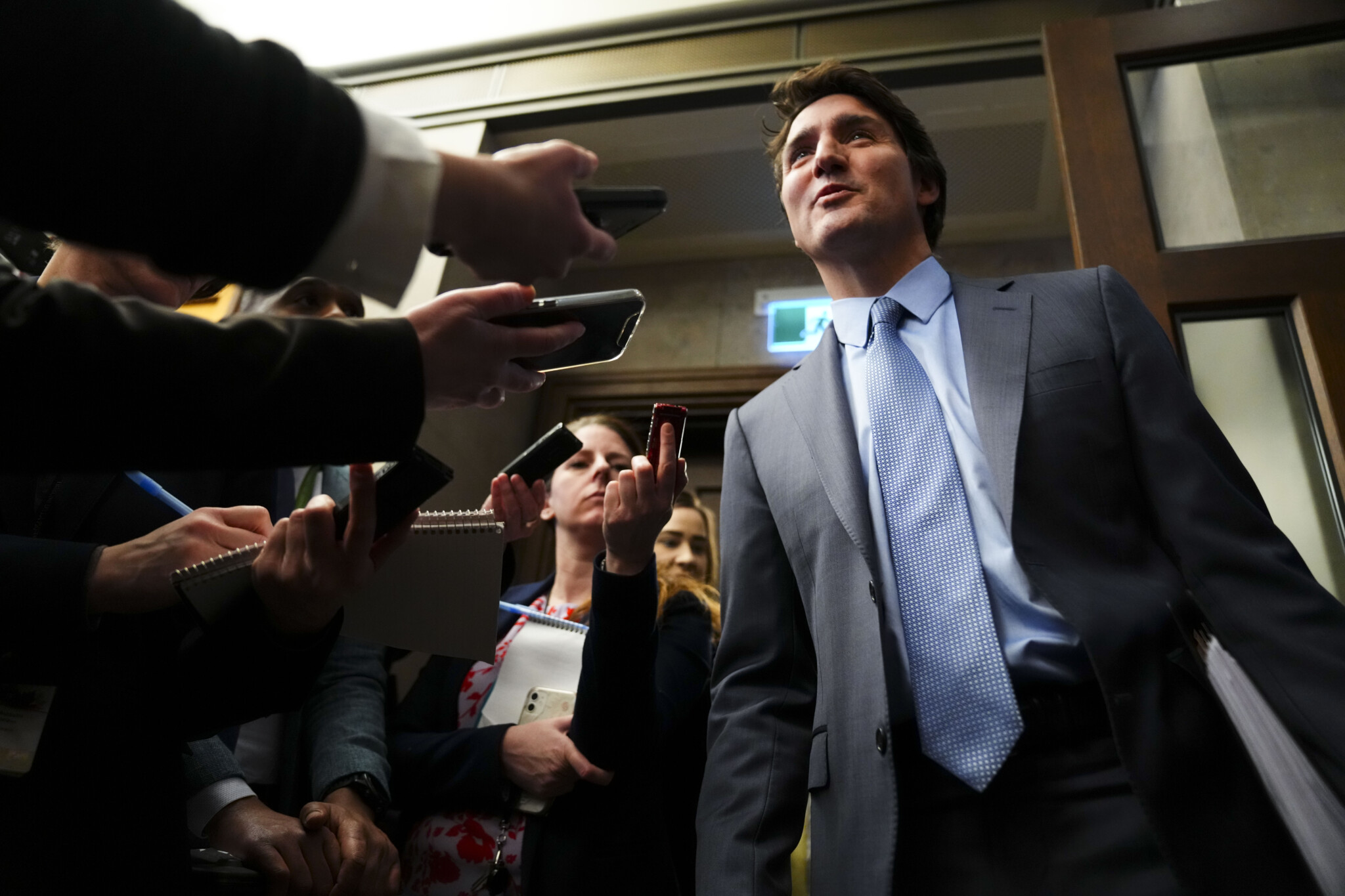
Prime Minister Justin Trudeau speaks to reporters in the foyer prior to question period in the House of Commons on Parliament Hill in Ottawa on Monday, Jan. 30, 2023. Sean Kilpatrick/The Canadian Press.
But, as industry players, that’s not the only problem with government subsidies. It may not even be the biggest problem. The main reason why we signed the declaration is the growing risk to public trust.
As the declaration sets out, less than 40 percent of English-speaking Canadians currently tell pollsters that they trust the news media. It’s hard to see how causing the industry to become dependent on government will do anything but hasten a further decline. People will understandably come to question whether the news stories that we’re seeing (or not seeing) are motivated by the industry’s growing reliance on the state to finance its day-to-day operations. Will it pull punches? Will it choose its stories differently? Will it succumb to the government’s particular interests and preferences?
Even if the answer to these questions isn’t yes, the perception that it might be is hugely detrimental. It risks raising questions in the public’s mind about the independence of the press and the veracity of its reporting.
The consequences won’t be limited to subsidy recipients either. The spillovers will extend across the entire industry. Those receiving government subsidies, in other words, may be trading off their short-term interests for the rest of us—for the future of journalism itself.
Consider for instance that the next federal election will be held in an information environment in which the majority of journalism that voters consume is either directly or indirectly subsidized by the government and where the subsidies themselves are the subject of political debate. It strikes us as a toxic environment for the news media. There’s no ultimate victory. Either outcome undoubtedly does damage to journalism.
The solution, in our minds, is to eschew the government subsidies—to protect The Hub’s independence and forgo as a qualified Canadian journalism organization hundreds of thousands of dollars in funding. This option of course comes with its own risks. Subjecting oneself to the vagaries of the market is complicated and uncertain. But on balance we believe that it’s better than subjecting ourselves to the whims of the state. And that’s why we ultimately decided to sign the Ottawa Declaration on Canadian Journalism.

The Ottawa Declaration on Canadian Journalism
– A free and independent press able to hold the powerful, including government, to account is an essential feature of Canadian democracy.
– Recent federal legislation and regulation could soon see up to half or more of the salaries of full-time journalists and editors working for digital news outlets funded by government coordinated subsidies.
– These large-scale subsidies, totalling hundreds of millions of dollars to date, are in addition to the federal government’s direct funding of the CBC/Radio-Canada, which currently employs one in ten journalists in Canada in its news divisions.
– The widespread subsidization of news journalism is happening against a backdrop of plummeting confidence in the news media, with 37 percent of Canadians indicating they “trust” the press and less than one in five supporting government funding of newsrooms.
– The broadly unpopular subsidy regime represents a challenge to our democratic process insofar as it raises questions in the public’s mind about the independence of the press, thereby undermining the perceived veracity of reported news.
– The subsidy regime also creates an uneven playing field whereby some news outlets, primarily legacy media companies, are able to qualify for government support and others are not, stifling much needed innovation and private investment in the sector.
– To ensure Canadians have access to news free from the appearance of government influence, and therefore more likely to garner public trust, our media companies will not accept the per employee subsidies currently on offer from government and industry.
– We acknowledge that outlets serving some minority communities may need to avail themselves of the subsidies to provide their audiences high quality news in absence of a viable commercial market for their journalism. We pass no judgement on these groups.
– We encourage other digital news media outlets to sign this declaration and reject the payroll subsidies. In trying to “save” journalism, these subsidies damage the independence of the press, stifle much needed innovation and private investment, and fail to rebuild readers, listeners, and viewers’ trust in our industry.
Signatories:
Rudyard Griffiths, publisher/co-founder, The Hub
Sean Speer, editor-at-large/co-founder, The Hub
David Clinton, publisher, The Audit
Holly Doan, publisher/owner, Blacklock’s Reporter
Tom Korski, managing editor, Blacklock’s Reporter
Tania Finch, founder, The Broken Typewriter
Sam Cooper, founder, The Bureau
Bruce Annan, former president of Electronic Media, Toronto Star, former vice-president, Metroland Printing, Publishing & Distributing
Andrew Coyne, columnist, The Globe and Mail
Tara Henley, writer and podcaster, Lean Out
Paul Wells, political journalist
Jonathan Kay, editor, Quillette
Candice Malcolm, founder and editor-in-chief, True North
Andrew Lawton, editor-in-chief, True North
Derek Fildebrandt, publisher/president/CEO, The Western Standard
Recommended for You

A major upset: Five Tweets on the Conservatives winning the Toronto-St. Paul’s by-election

David Mulroney: The next PM must remind Canada’s public servants who really runs the show

Tingting Zhang: Canada has tons of doctors—yet an alarming number of people have no primary-care provider. What’s going on?

Emerson Csorba: Sure, there’s glamour in globalism. But we need politicians who care about our communities first
